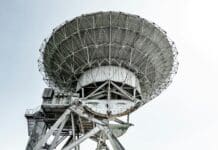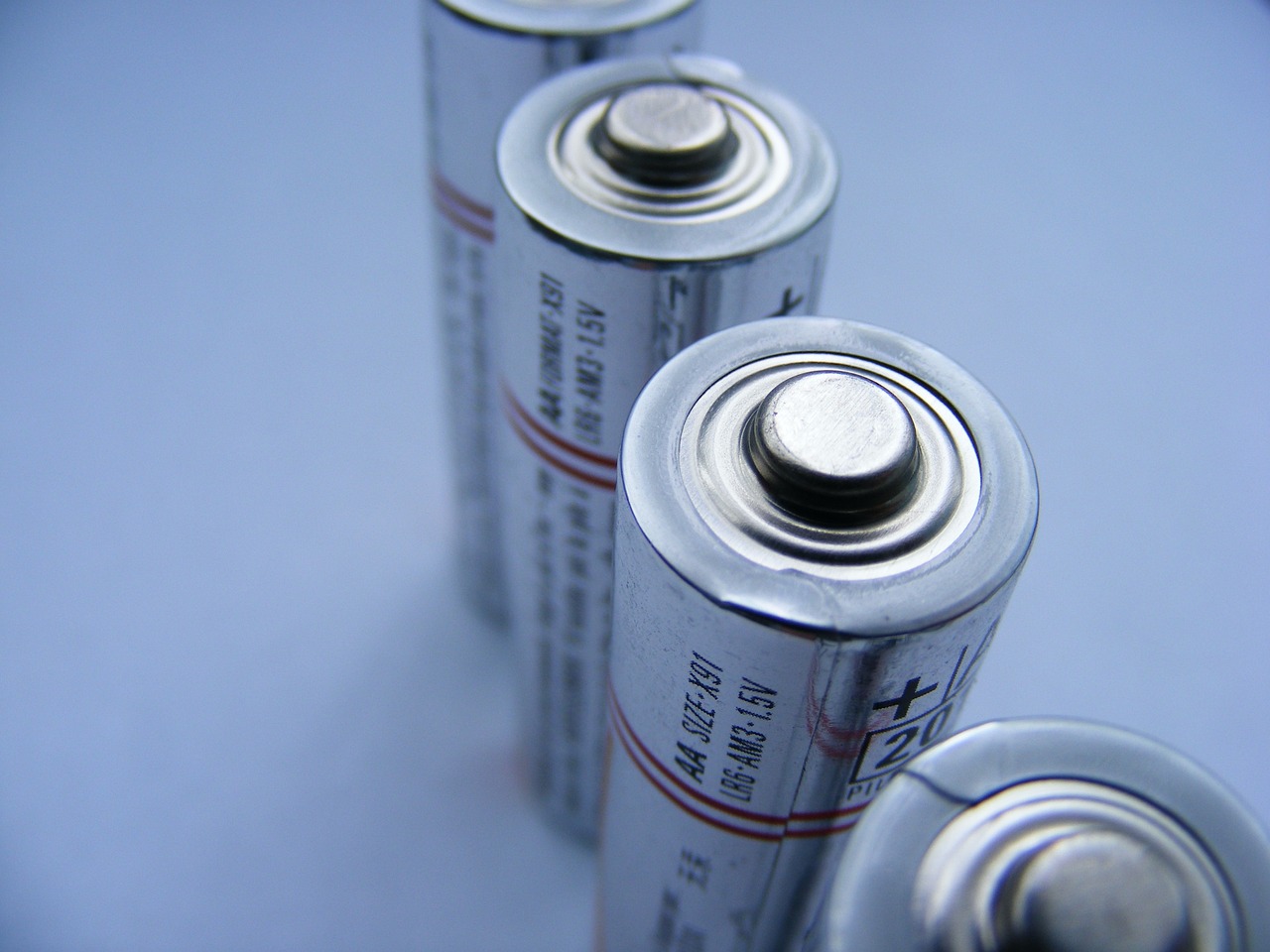This post is also available in:
 עברית (Hebrew)
עברית (Hebrew)
NASA, DARPA, and Lockheed Martin are working together on nuclear-powered spacecraft, which could dramatically cut down travel times to space, and more specifically to Mars.
Lockheed Martin was contracted by NASA and DARPA to build the Demonstration Rocket for Agile Cislunar Operations (DRACO), a project leveraging many different innovations to work around regulations on nuclear testing. This project also seems to relate to the US’ intention to stay “ahead of the game” when it comes to China’s rapidly growing space sector. US Space Command officer General James Dickinson said in April of 2021 that Beijing seeks space superiority through space attack systems, which could very well be one of the main reasons a real-world nuclear test rocket project was approved.
According to Interesting Engineering, the DRACO rocket will be roughly 15 meters long and 5 meters in diameter to fit on the United Launch Alliance’s Vulcan Centaur rocket. Experts claim that nuclear rockets could drastically cut travel times to Mars, with some stating they could reduce it by half compared with traditional rockets – taking roughly three months instead of six or seven – a reduction that is desirable for the wellbeing of astronauts and could also allow for quicker return trips.
Whereas there were experimental efforts on nuclear thermal rockets by the Rover Program in the mid-1950s, the DRACO project intends to send a real nuclear-powered spacecraft into orbit. Furthermore, while previous nuclear rocket projects thought to use weapons-grade uranium, a launch failure could potentially spray that uranium over very large areas, endangering lives – which is why DRACO is using a new type of fuel called high-assay-low-enriched uranium (HALEU). This new and innovative fuel is made by blending highly enriched uranium down to an enrichment of below 20 percent, making it easier for DRACO to meet security requirements for on-ground testing.
Looking to the future, if they manage to carry out the experiments and perform all according to plan, the US could soon have a nuclear rocket in its arsenal, massively expanding humanity’s ability to reach out and explore our Solar System.


























